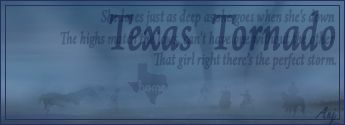G.A. Heath wrote:Glockster wrote:Sure, understand and point taken. Was also simply pointing out that there are some exceptions. Many of which go out the window if it is used for commercial purposes. But oddly, as I read the Texas law, I can have my camera on all the time if I simply remove the video card and use the video feed for navigational aid purposes, or alternately can record all the time if I set the drone/camera to record me at all times and I am either on my property or property I'm authorized access to, or on public property. Not saying I personally would do that, just what the law allows me to do as I understand it.
I cleaned out the quote chain to make it a bit more readable. If the camera is capturing an image, recording or not, it technically violates Texas law. Although as long as you and no one else sees the image you have a defense to prosecution. Now if someone else is watching the monitor you have now displayed the image to a third party and lost the defense to prosecution. With two guys being involved (both most likely watching the monitor), if this was in Texas the pilot of the device would have been in violation of the law if the camera saw the shooters property unless they had permission to record it.
I don't think there would be much success trying to take the legally stated "capture" and turn it into having made and retained an image or recording. If it is seen by the camera and transmitted to the ground receiver and not recorded, how then is that meeting the intent of the term capture? If it isn't recorded, that goes beyond nobody else seeing it, as there is no way to say that the image was or was not there. I would ask how exactly you could be prosecuted for that - what evidence is there that there might have been a specific image there 10 minutes ago?
I also don't see in the law any requirement as to whether or not someone standing next to you has to see the image as then constituting a violation as capture doesn't specify that it is seen or not seen by anyone. I would argue that I can have my camera on any time I want as I use the image to help with navigation at a distance that is still within line of site but too far away to see any obstacle not readily visible to me from my ground position. And I am allowed by the FAA to have anyone I want standing there with me looking at my monitor - for example, someone instructing me.
Texas lacks authority to regulate the operation of my drone in airspace that is regulated by the FAA, and if I want to use my drones visual navigation and avoidance system, I'm certainly going to do so as I have an FAA license that allows for that.

I don't use my drone for violating someone's privacy, it is for flying fun. My only point is that law is well intended but I think that it is yet one more that isn't well written as they do not provide a legal definition of capture.
